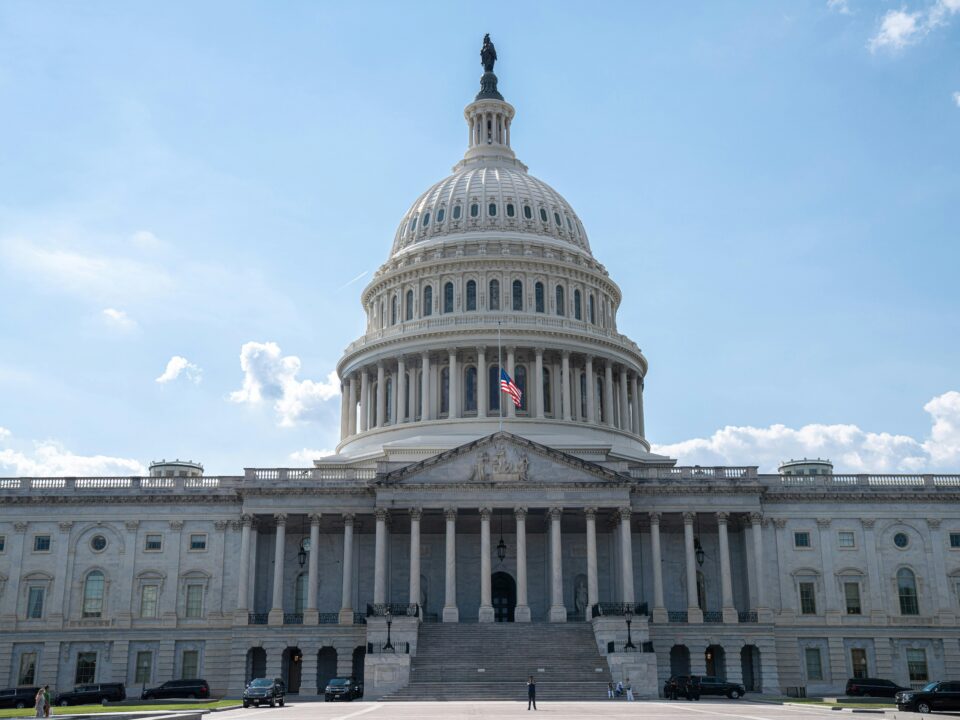
DC Reimaged Video Fundraising Campaign

Recent SBA PPP Loan Forgiveness FAQs Concerning Business Owner Compensation
As the world continues to grapple with the COVID-19 pandemic, businesses across the country have turned to bankruptcy relief, including new Subchapter V of Chapter 11. Total new Chapter 11 cases nationwide from January to June in 2020 are up 26.23% for the same months in 2019, and up 52% for July 2020 over July 2019. From Subchapter V’s February effective date through June 2020, 506 of the 3,604 new Chapter 11 filings nationwide have been under Subchapter V, 133 of which were filed in June 2020 alone. This means creditors of small and medium-size businesses may begin to see new Subchapter V cases, or existing cases converted to Subchapter V, which will differ in some important ways from more familiar Chapter 7 and Chapter 11 cases. Creditors should know what to expect and have a plan for how to approach this new variety of streamlined bankruptcy reorganization before a notice arrives in the mail. This article briefly discusses the early stages of a Subchapter V case—the Notice, the Status Conference, and the Plan—and a brief status-report of Subchapter V cases in Vermont.
Notice
When a debtor elects Subchapter V treatment, creditors should receive notice on a new Subchapter V-specific form (Form 309F2 for Corporations/Partnerships; Form 309E2 for Individuals). The Subchapter V notice contains important information for creditors, including an admonishment to cease all collection efforts, but also the name of the debtor or debtors, the jurisdiction of the bankruptcy case, the name of the bankruptcy trustee, and the deadline to file a proof of claim. Creditors must file a proof of claim by the deadline in order to protect their right to amounts the debtor owes to the creditor. Once creditors receive notice that a Subchapter V case has been filed, creditors may also wish to look at the petition the debtor filed when it commenced the Subchapter V case. The petition is on updated official form, and should include basic information about the nature of the debt. The debtor will also likely attach forms that identify who the other creditors are, what the other creditors are owed, whether the other creditors are secured. Reviewing the petition will offer creditors the first chance to get a sense for what the Subchapter V case is about and where they stand among other creditors.
Status Conference
The Court will set a status conference within 60 days of the debtor’s filing the petition. 11 U.S.C. § 1188. No later than 14 days prior to the status conference, the debtor will file and serve a report detailing the efforts the debtor has undertaken and plans to take to develop a consensual plan of reorganization. 11 U.S.C. § 1188(c). The focus of the status conference is to expedite an economical resolution of the case, and will likely involve mechanics of reaching a consensual plan with creditors. 11 U.S.C. § 1188(a); 11 U.S.C. § 11183(b)(7).
Plan
The debtor is required to file a proposed plan no later than 90 days after entry of the order for relief unless the Court extends the deadline. 11 U.S.C. § 1189(b). Only the debtor may file a plan under Subchapter V and creditors cannot file competing plans. 11 U.S.C. § 1189(a). Any secured creditor that wishes to make an election under 11 U.S.C. § 1111(b)(2) should carefully review the Court’s scheduling order setting the status conference that will state the deadline for making the election. See Interim Am. Fed. R. Bankr. P. 3014. In Vermont, the period set by the Court has been within 10 days of filing of the plan. See In Re: Anichini Hospitality, Inc., Dkt. No. 20-10090 (March 12, 2020) (Doc. No. 29). Unlike in a traditional Chapter 11, there is no 120 day exclusivity period after which a creditor can file a competing plan. 11 U.S.C. § 1121(b).
The Subchapter V case does not require the same formal disclosures as a traditional Chapter 11, but creditors are not left without any information about the debtor. The plan must contain the following: (1) a brief history of the business operations of the debtor; (2) a liquidation analysis; and, (3) projections regarding the debtor’s ability to make payments under the proposed plan of reorganization, in addition to other information.
The debtor’s plan should explain how the debtor intends to restructure debt, pay creditors, and continue operating the debtor’s business. One of the goals of Subchapter V is to facilitate a consensual plan, and the focus once a proposed plan is filed may be on working with creditors to resolve any objections to the proposed plan. The Subchapter V plan, however, must still go through a confirmation process, and creditors are entitled to object to the confirmation of a Subchapter V plan on the grounds that, for example, the plan is not feasible (11 U.S.C. § 1129(a)(11)), is likely to be followed by a liquidation or further reorganization (Id.), that the plan fails to provide that creditors will receive equal or greater value than they would in a liquidation (11 U.S.C. § 1129(a)(7)), or fails to provide an adequate liquidation analysis (11 U.S.C. § 1129(a)(7); 11 U.S.C. § 1190(a)).
Subchapter V in Vermont
Chapter 11 cases are rare in Vermont. Just seven Chapter 11 filings have been made in Vermont from January 1, 2018, to the date of this article. The two Chapter 11 cases filed so far in 2020, however, were filed under Subchapter V in March. See In Re: Anichini Hospitality, Inc. Dkt. No. 20-10090; see also, In Re: Anichini, Inc. Dkt. No. 20-10089. In both cases, creditors have objected to confirmation of the debtors’ plans on various grounds, and as of the date of this writing, the Bankruptcy Court has not yet ruled on whether the plan will be confirmed. With just a four-month history, it is too early and the sample size is too small to draw conclusions about how cases will proceed in Vermont or whether they will live up to the Subchapter V promise of a streamlined path through Chapter 11 for small and medium-size businesses.




